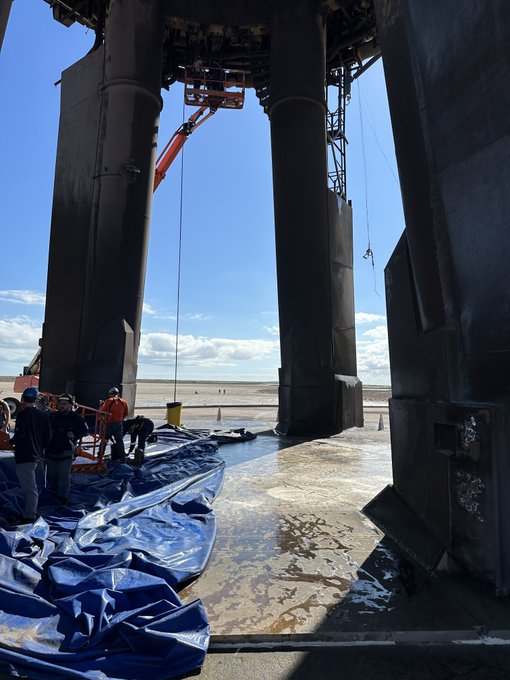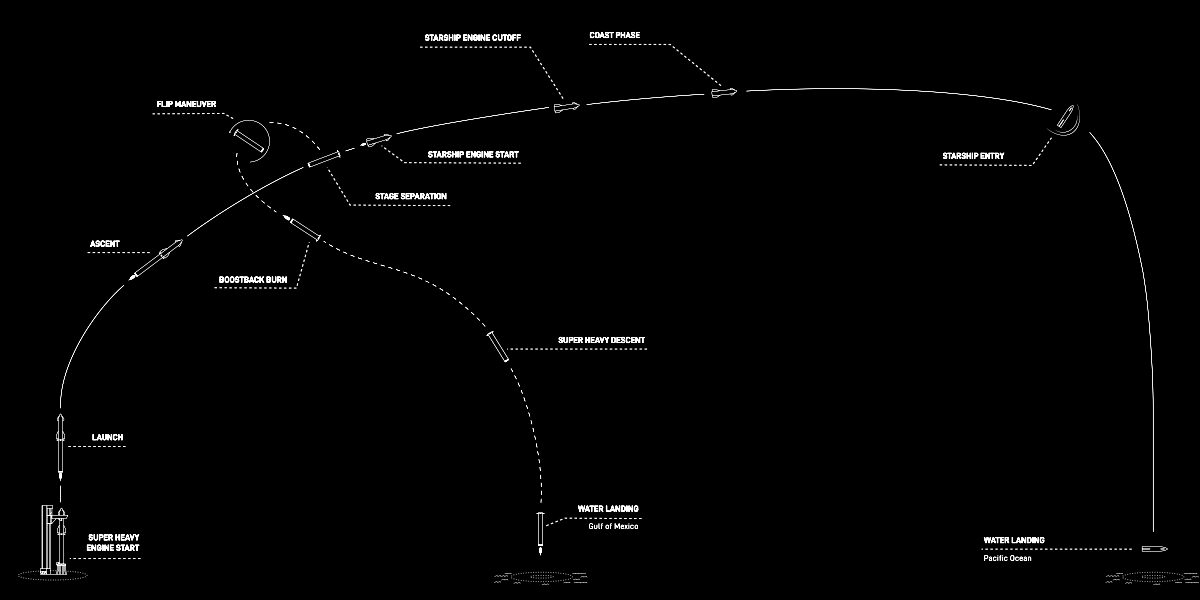SpaceX launches 23 Starlink satellites
SpaceX last night successfully launched another 23 Starlink satellites into orbit, its Falcon 9 rocket lifting off from Cape Canaveral.
The first stage completed its seventeeth flight, landing on a drone ship in the Atlantic. That SpaceX now has several first stages that have been reused this much and it isn’t considered news is in itself a story. The company has actually gotten this rocket to perform like an airplane, a goal that Elon Musk aspired too more than a decade ago.
The leaders in the 2023 launch race:
87 SpaceX
53 China
15 Russia
7 Rocket Lab
7 India
American private enterprise now leads China 99 to 53 in successful launches, and the entire world combined 99 to 84. SpaceX meanwhile widens its lead over the rest of the world (excluding American companies) 87 to 84.
As a number of my readers have noted, the U.S. lead this year is entirely due to SpaceX, indicating a dominance that is actually unhealthy. Other American companies need to come forward and challenge it, because the competition will spark innovation and better rocketry. With no competition, it is inevitable that even SpaceX could get lazy.
SpaceX last night successfully launched another 23 Starlink satellites into orbit, its Falcon 9 rocket lifting off from Cape Canaveral.
The first stage completed its seventeeth flight, landing on a drone ship in the Atlantic. That SpaceX now has several first stages that have been reused this much and it isn’t considered news is in itself a story. The company has actually gotten this rocket to perform like an airplane, a goal that Elon Musk aspired too more than a decade ago.
The leaders in the 2023 launch race:
87 SpaceX
53 China
15 Russia
7 Rocket Lab
7 India
American private enterprise now leads China 99 to 53 in successful launches, and the entire world combined 99 to 84. SpaceX meanwhile widens its lead over the rest of the world (excluding American companies) 87 to 84.
As a number of my readers have noted, the U.S. lead this year is entirely due to SpaceX, indicating a dominance that is actually unhealthy. Other American companies need to come forward and challenge it, because the competition will spark innovation and better rocketry. With no competition, it is inevitable that even SpaceX could get lazy.







